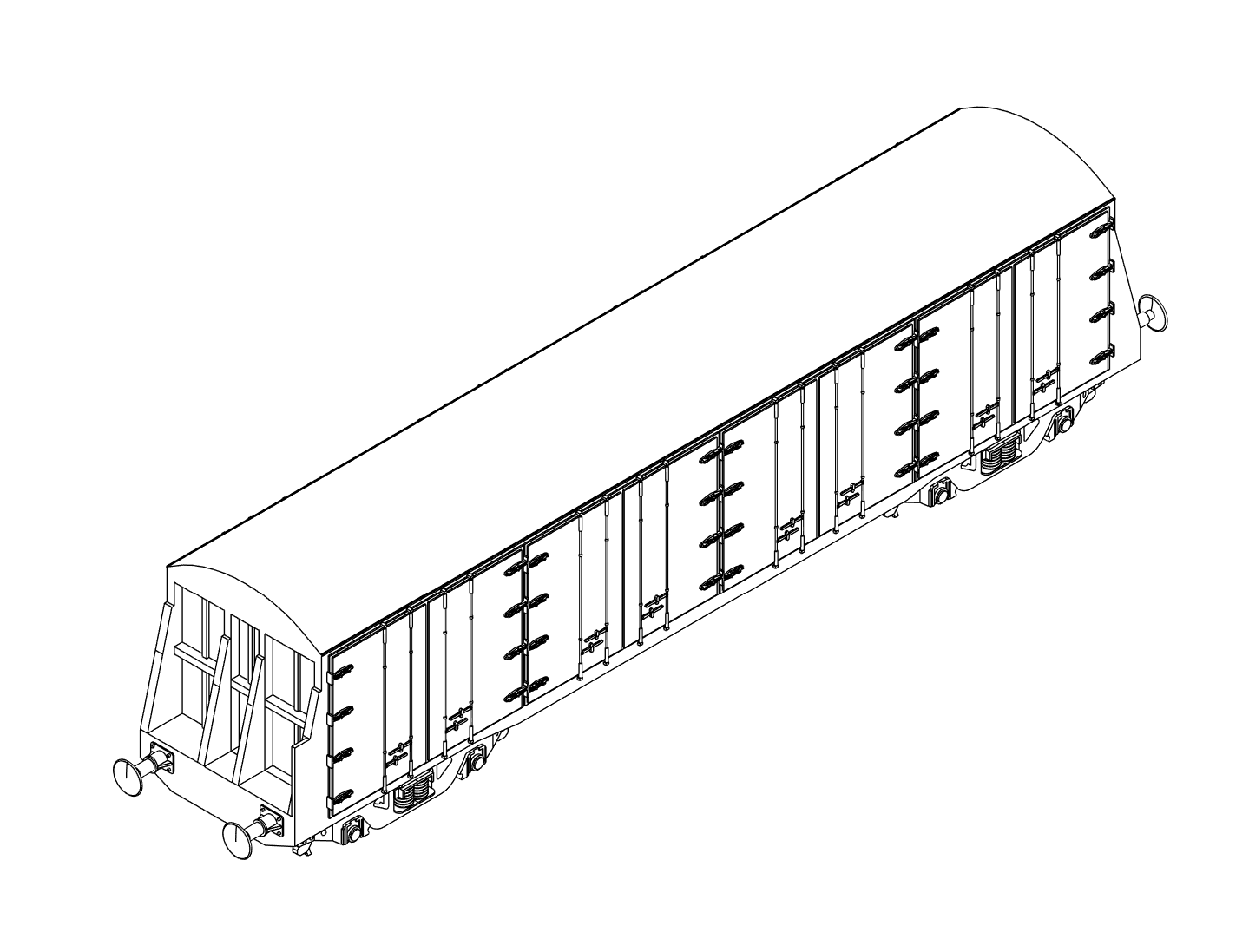Spend over £50 and claim 15% off with code 15OFF

PWA Bogie Palvan
PWA Bogie Palvan
£20.00
Out of stock
This model of the PWA Bogie Palvan captures a crucial element of modern British Rail freight in high-resolution resin. Engineered for the discerning modeller, our model features sharp detailing only achievable with modern 3D printing technology, ensuring a level of fidelity that perfectly replicates the prototype's distinct body panels, door mechanisms, and underframe components.
The resulting model is an authentic addition to any layout set from the late 1960s to the mid-1990s.
The PWA (Pallet Van, Air-braked) was a class of privately-owned, high-capacity bogie vans introduced into the British Rail network to modernise the movement of palletised goods.
Specification | Detail |
TOPS Code | PWA (Pallet Van, Air-braked) |
Capacity | 82 Tonne Gross Laden Weight (GLW) |
Introduction | 1968 |
Withdrawal | Traffic ceased circa 1993–1994 |
The initial batches were built by Gloucester Railway Carriage & Wagon, initially featuring innovative but problematic curtain sides. Following structural issues, these were quickly rebuilt (and later vans constructed) with the distinctive, full-length sliding side doors that are characteristic of this van type. These doors allowed easy and rapid forklift access from either side, making the PWA a highly efficient freight vehicle for its time.
While most famous for its use in Fertiliser traffic (for companies like Shellstar, UKF, and Kemira, often running in heavy block trains from the Ince, Cheshire plant), the PWA was fundamentally a versatile high-capacity box van. Its design made it perfectly suitable for any high-value or weather-sensitive palletised freight. Other potential uses included:
Palletised General Freight: Transporting high-volume goods between rail-linked distribution centres.
Automotive Components: Moving large palletised parts within the automotive supply chain network.
Consumer Goods: Carrying high-street products requiring protection from the elements during high-speed transit.
This PWA model can be accurately presented in a variety of operator liveries that defined the period:
Early Private Owner: Shellstar (often a distinct brown/cream or all-brown scheme).
Mid-Life: UKF Fertiliser (various iterations of brown/cream, sometimes incorporating Shellstar branding).
Late Life: Kemira Fertilizers (typically a striking blue and white livery, as seen in your image).
Transition/Generic: A variety of faded, heavily weathered versions, sometimes with corporate logos painted over, reflecting the vans nearing their withdrawal in the early 1990s.
If you have any questions, suggestions or requests don't hesitate to drop us an email at:
© 2025. All rights reserved.